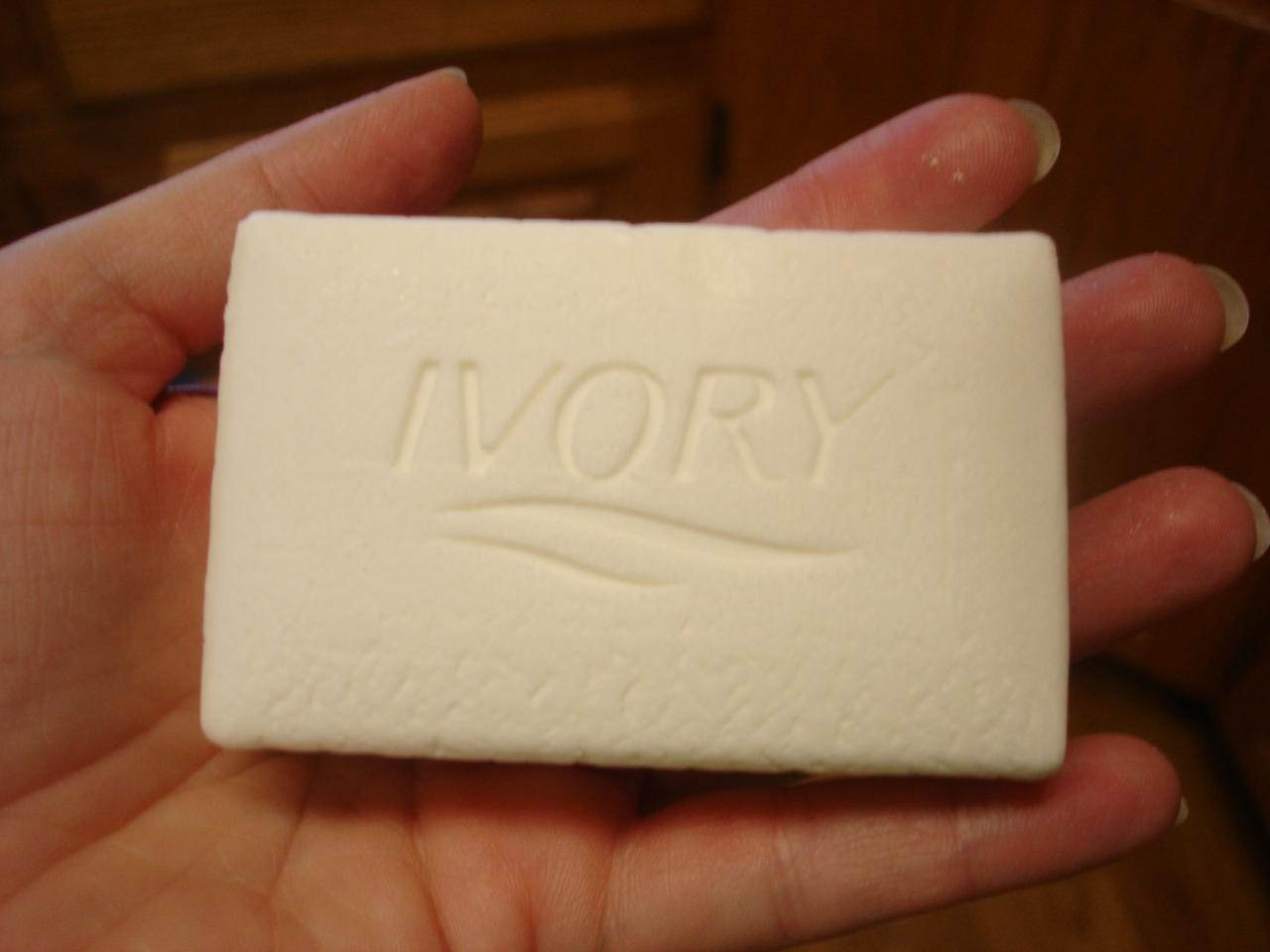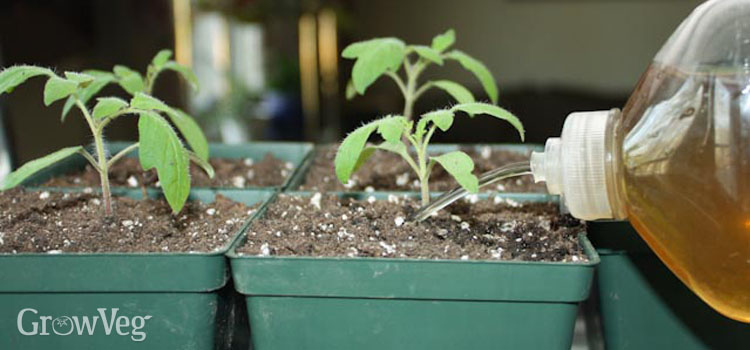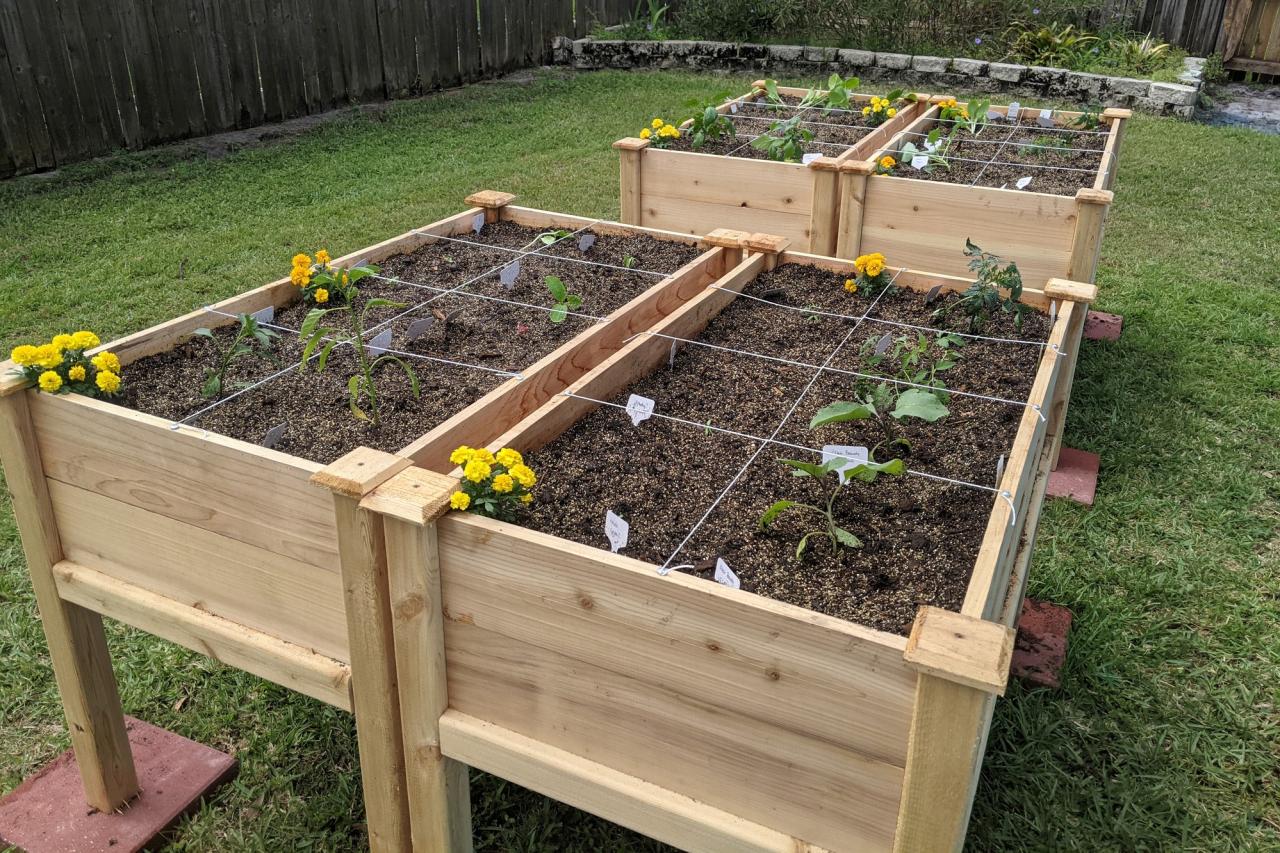Homemade insecticidal soap is a natural and effective way to control garden pests without resorting to harsh chemicals. This environmentally friendly solution utilizes a simple mixture of soap, water, and sometimes oil to disrupt the protective outer layer of insects, leading to their demise. This approach not only safeguards your plants and crops but also protects beneficial insects and the overall ecosystem.
The key to a successful homemade insecticidal soap lies in the careful selection of ingredients and the precise ratios. Natural soaps like castile soap or dish soap are commonly used, while oils like vegetable oil or neem oil can enhance the soap’s effectiveness. The ratio of soap to water is crucial, as too much soap can harm plants, while too little might not be effective against pests.
Preparation Methods
Making homemade insecticidal soap is a straightforward process, and there are several methods to achieve desired results. The key is to combine a basic soap solution with an ingredient that acts as a pest deterrent.
Different Preparation Methods
There are two primary methods for making insecticidal soap: cold process and hot process.
- Cold Process: This method involves mixing ingredients at room temperature, allowing the soap to solidify naturally over time. It is a simple and relatively quick process, often preferred for its ease of use. However, it may require longer curing time for the soap to fully harden and develop its insecticidal properties.
- Hot Process: This method involves heating the ingredients to accelerate the saponification process, resulting in a faster curing time. It is typically used for creating soap bars, as it allows for a more consistent and stable product. However, it requires careful monitoring and attention to avoid overheating and potential safety hazards.
Basic Recipe for Homemade Insecticidal Soap
This recipe uses a cold process method, which is simpler and requires minimal equipment.
Ingredients:
- 1 cup of liquid castile soap (choose an unscented variety)
- 1 gallon of water
- 1 tablespoon of horticultural oil (optional)
Instructions:
- In a large container, mix the liquid castile soap with water. The soap should be diluted at a ratio of 1 tablespoon of soap per gallon of water.
- Add the horticultural oil, if using. Horticultural oil helps to improve the effectiveness of the insecticidal soap by suffocating insects and increasing contact time.
- Mix the solution thoroughly until the ingredients are completely combined.
- Pour the solution into a spray bottle for easy application.
- Test the insecticidal soap on a small area of the affected plants before applying it to the entire plant. This helps to ensure that the soap does not harm the plant.
Important: Always wear gloves and protective eyewear when working with insecticidal soap. Store the solution in a cool, dry place.
Application Techniques: Homemade Insecticidal Soap
Applying homemade insecticidal soap is a straightforward process, but understanding the right techniques and dilution ratios is crucial for effectiveness and safety. This section explores the different application methods, proper dilutions, and best practices for using insecticidal soap on various surfaces and plants.
Dilution Ratios
Dilution ratios are critical for achieving the desired results while minimizing the risk of harming plants or beneficial insects. The ideal dilution ratio depends on the type of pest and the plant species.
- General Purpose: For most common garden pests, a dilution of 1-2 tablespoons of insecticidal soap per gallon of water is typically effective.
- Heavy Infestations: For severe infestations, a stronger solution of 3-4 tablespoons per gallon of water may be necessary.
- Sensitive Plants: For delicate plants, a weaker solution of 1 tablespoon per gallon of water is recommended.
Application Methods
There are several ways to apply homemade insecticidal soap, each with its own advantages and disadvantages.
- Spraying: Spraying is the most common application method. A handheld sprayer or a garden hose sprayer can be used to apply the soap solution directly to plants and pests.
- Dipping: Dipping is effective for small plants or cuttings. Simply immerse the plant in the soap solution for a few minutes.
- Wiping: For smaller areas, a soft cloth or sponge can be used to wipe the soap solution onto plants or surfaces.
Applying to Plants
When applying insecticidal soap to plants, it is important to thoroughly coat the leaves and stems, ensuring the soap solution reaches the pests.
- Thorough Coverage: Apply the soap solution to the entire plant, including the undersides of leaves, where pests often hide.
- Evening Application: Applying insecticidal soap in the evening when temperatures are cooler and the sun is less intense can help minimize the risk of plant damage.
- Avoid Over-Application: While it’s important to cover the plant well, over-application can harm plants. Follow the recommended dilution ratios and avoid applying the soap solution to the point of runoff.
Applying to Surfaces
Insecticidal soap can be used to control pests on various surfaces.
- Walls and Windows: Spray the soap solution onto walls and windows to eliminate crawling insects like spiders and ants.
- Outdoor Furniture: Clean outdoor furniture with the soap solution to kill insects that may be hiding in crevices.
- Pet Beds: Wash pet beds with insecticidal soap to eliminate fleas and other pests.
Important Considerations
- Test in an Unconspicuous Area: Before applying insecticidal soap to an entire plant, test it in an inconspicuous area to ensure it doesn’t cause any damage.
- Avoid Direct Sunlight: Avoid applying insecticidal soap in direct sunlight, as it can evaporate quickly and may harm plants.
- Repeat Applications: For persistent pest infestations, repeat applications may be necessary.
- Safety Precautions: Always wear gloves and protective clothing when handling insecticidal soap. Avoid contact with eyes and skin.
Target Pests and Effectiveness
Homemade insecticidal soap is a natural and effective solution for controlling a variety of common garden pests. It works by disrupting the cell membranes of insects, leading to dehydration and death.
Mechanism of Action
Insecticidal soap disrupts the protective outer layer of insects, known as the cuticle. This layer is composed of lipids and proteins that are essential for the insect’s survival. When insecticidal soap comes into contact with the cuticle, it breaks down the lipids and proteins, causing the cuticle to become porous. This allows water to enter the insect’s body, leading to dehydration and eventual death.
Effectiveness Compared to Commercial Pesticides
Homemade insecticidal soap is generally less effective than commercial pesticides in killing insects. However, it is also much safer for humans, pets, and beneficial insects like bees and butterflies.
Commercial pesticides are often more potent and can kill a wider range of insects, but they can also have negative environmental impacts.
Here are some examples of common pests effectively controlled by homemade insecticidal soap:
* Aphids: These small, soft-bodied insects suck sap from plants, causing damage and weakening the plant.
* Whiteflies: These tiny, white, winged insects are common pests of indoor and outdoor plants. They suck sap from plants, causing yellowing and wilting of leaves.
* Mealybugs: These small, oval-shaped insects are covered in a white, waxy substance. They feed on plant sap, causing damage to leaves and stems.
* Spider mites: These tiny, spider-like creatures feed on plant sap, causing damage to leaves and stems.
* Scale insects: These small, armored insects attach themselves to plants and suck sap, causing damage to leaves and stems.
While homemade insecticidal soap may not be as effective as commercial pesticides, it is a safe and effective alternative for controlling common garden pests.
Variations and Enhancements
Homemade insecticidal soap is a versatile tool for controlling garden pests. By experimenting with different ingredients and techniques, you can customize your soap solution for specific pest problems and enhance its effectiveness.
Recipes for Specific Pest Control Needs
There are many different recipes for homemade insecticidal soap, depending on the specific pests you are targeting. Here are some recipes for common garden pests:
Aphids: Mix 1 tablespoon of liquid dish soap with 1 gallon of water. This solution is effective against aphids, which are soft-bodied insects that feed on plant sap.
Mites: Mix 2 tablespoons of liquid dish soap with 1 gallon of water. Mites are tiny arachnids that can cause significant damage to plants.
Whiteflies: Mix 1 tablespoon of liquid dish soap with 1 gallon of water. Whiteflies are small, white insects that are often found on the undersides of leaves.
Benefits of Adding Essential Oils or Other Natural Ingredients
Adding essential oils or other natural ingredients to your homemade insecticidal soap can enhance its effectiveness and deter pests. Here are some examples:
Neem oil: Neem oil is a natural insecticide that can be added to insecticidal soap to repel and kill pests. It is effective against a wide range of insects, including aphids, mites, and whiteflies.
Peppermint oil: Peppermint oil is a natural repellent that can deter pests like ants, spiders, and mosquitoes.
Garlic: Garlic is a natural insecticide that can be added to insecticidal soap to repel pests. It is effective against aphids, mites, and whiteflies.
Environmental Impact

Homemade insecticidal soap offers a greener alternative to conventional chemical pesticides, promoting a healthier environment for both humans and wildlife. Its biodegradable nature and minimal toxicity make it a safe choice for gardens, homes, and the surrounding ecosystem.
Comparison with Commercial Pesticides
The environmental impact of homemade insecticidal soap stands in stark contrast to commercial pesticides. While homemade soap breaks down quickly into harmless byproducts, commercial pesticides can persist in the environment for extended periods, contaminating soil, water, and air. This persistence can harm beneficial insects, birds, and other wildlife, disrupting delicate ecological balances.
- Bioaccumulation: Commercial pesticides can accumulate in the food chain, leading to higher concentrations in predators, potentially causing health issues and reproductive problems. In contrast, homemade soap is not known to bioaccumulate.
- Water Contamination: Runoff from agricultural fields treated with commercial pesticides can contaminate rivers, lakes, and groundwater, affecting aquatic life and human health. Homemade soap, being biodegradable, poses a minimal risk of water contamination.
- Soil Health: Commercial pesticides can disrupt soil microbial communities, impacting soil fertility and nutrient cycling. Homemade soap, being derived from natural ingredients, does not negatively affect soil health.
Role in Sustainable Pest Control
Homemade insecticidal soap plays a crucial role in promoting sustainable pest control practices. By reducing reliance on synthetic pesticides, it helps to minimize the environmental footprint of pest management.
- Integrated Pest Management (IPM): Homemade soap is often incorporated into IPM strategies, which emphasize a multi-pronged approach to pest control, combining cultural, biological, and chemical methods. By using homemade soap as a component of IPM, individuals can effectively manage pests while minimizing environmental impact.
- Organic Gardening: Homemade soap is a key ingredient in organic gardening, where the goal is to cultivate healthy plants without using synthetic chemicals. This approach helps to preserve biodiversity and reduce pesticide residues in food.
- Conservation of Beneficial Insects: By minimizing the use of broad-spectrum pesticides, homemade soap helps to protect beneficial insects, such as pollinators and predators, which play a vital role in maintaining ecosystem health.
Resources and Further Reading

While this guide provides a comprehensive overview of homemade insecticidal soap, further exploration can enhance your understanding and application. Several reputable resources offer in-depth information and practical insights.
Websites and Articles, Homemade insecticidal soap
These websites and articles offer a wealth of information on homemade insecticidal soap, covering various aspects like ingredients, application, and effectiveness.
- National Pesticide Information Center (NPIC): A reliable source for information on pesticides, including insecticidal soap. Their website provides detailed information on the science behind insecticidal soap, its safety, and its application.
- University of California, IPM (Integrated Pest Management): This resource provides comprehensive information on pest management strategies, including the use of insecticidal soap. They offer practical advice on choosing the right soap, application techniques, and safety precautions.
- The Organic Gardener: This website offers articles and guides on organic gardening practices, including the use of homemade insecticidal soap. They provide recipes, application tips, and information on the effectiveness of various soap formulations.
- Gardening Know How: This website offers a variety of articles on gardening topics, including pest control. Their articles on insecticidal soap provide practical advice on making and using it effectively.
Books
These books provide a more in-depth understanding of insecticidal soap, its chemistry, and its application in pest management.
- The Organic Gardener’s Handbook of Pest and Disease Control: This book offers comprehensive information on organic pest control methods, including the use of insecticidal soap. It covers various aspects of soap formulation, application, and effectiveness.
- The Rodale Book of Organic Gardening: This book offers a comprehensive guide to organic gardening practices, including pest control. It provides detailed information on the use of insecticidal soap, its effectiveness, and its safety.
- The Complete Guide to Organic Pest Control: This book offers a detailed guide to organic pest control methods, including the use of insecticidal soap. It covers the science behind soap, its application, and its impact on the environment.
Outcome Summary
Homemade insecticidal soap is a versatile and sustainable tool for controlling garden pests. By following a few simple steps and understanding the principles of its application, you can effectively protect your plants and enjoy a thriving garden. Remember to experiment with different recipes and techniques to find what works best for your specific needs and environment.
Homemade insecticidal soap is a great way to keep pests at bay in your garden. It’s easy to make and uses simple ingredients you likely already have on hand. If you’re looking for a fun and eco-friendly craft project for a birthday party, check out these birthday craft ideas that can be incorporated into a garden-themed celebration.
After the party, you can use your homemade insecticidal soap to protect your garden from pesky insects.


